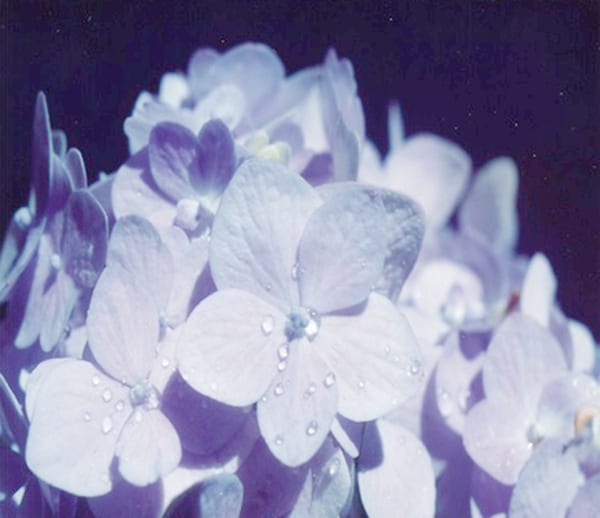WHEN one talks about growing a whopper of a flower, nothing resembles more truly and closely a true gigantic whopper than the common garden hydrangea. As a lovely garden plant, the hydrangea is popular and has always been a favourite among gardening enthusiasts chiefly because of its huge, gorgeous flower heads and bright, lush green foliage. Although the plant comes from places as far away as China and Japan, nevertheless, it has taken well to Malaysian soils and climate. This is evidenced by the fact that most growers do not have much problem coaxing the ornamental into yielding really gigantic blooms as soon as they are firmly established. Being a premier flowering plant, the blooms of the hydrangea are of utmost importance to any grower because without the flowers, it would be of a much lower value to just grow only foliage. Under normal situations, blooms of the hydrangea are able to stay fresh and good-looking for an appreciable period of time, and unless they are damaged or badly neglected, it is possible for them to last for months. This therefore gives growers lot of time to enjoy and appreciate the exquisite beauty of such lovely plants and their flowers, especially if they have just been misted with a light application of water. Hydrangeas belong to the family Hydrangeaceae which has more than a hundred species. Among these, one of the most widely grown species belong to the genus Hydrangea, which is also the common name used to identify the plant. This genus has only one particularly outstanding species, that is, Hydrangea macrophylla, which is of great interest and highly treasured as a very attractive and decorative ornamental plant. Garden hydrangeas are small, low-growing herbaceous to semi-woody shrubs that are mostly below a metre tall. They may grow taller than that in its natural state with mutual support and crowding, which also helps to prevent plant collapse. Generally, the plant is broader than tall, and there is a tendency for the shoots to droop. Drooping is likely to occur when there is insufficient water around the root zone especially […]






